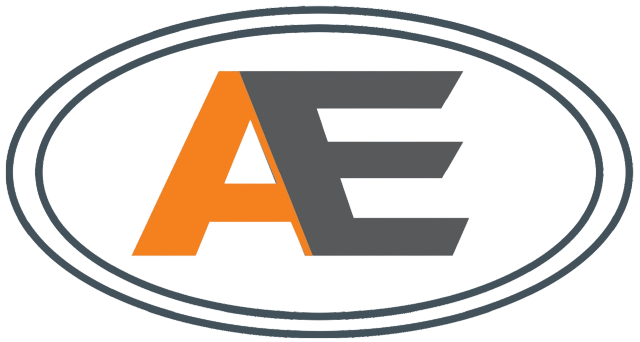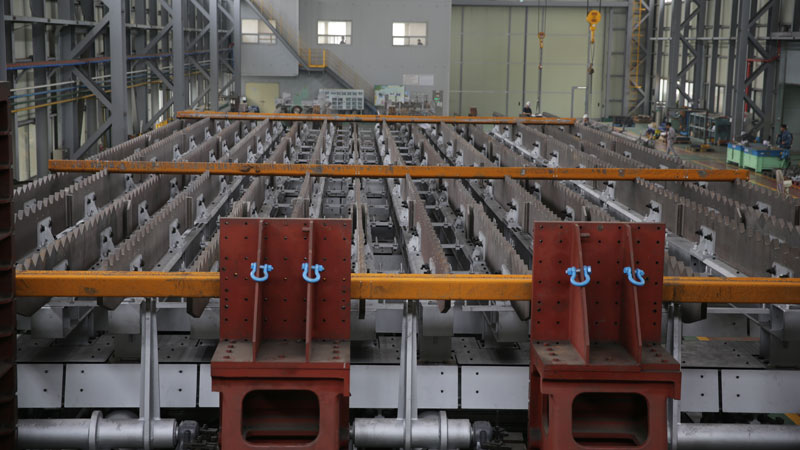Breaking Barriers with Advanced Fabrication Techniques in Engineering Goods
Table of Contents
| Outline | |
|---|---|
| 1. Introduction | |
| 2. Understanding Fabrication Techniques | |
| 2.1 What is Fabrication in Engineering? | |
| 2.2 Importance of Advanced Fabrication Techniques | |
| 3. Exploring Cutting-Edge Fabrication Technologies | |
| 3.1 Laser Cutting and Precision Machining | |
| 3.2 3D Printing and Additive Manufacturing | |
| 4. Advantages of Advanced Fabrication Techniques | |
| 4.1 Enhanced Precision and Accuracy | |
| 4.2 Improved Efficiency and Cost-effectiveness | |
| 5. Overcoming Traditional Manufacturing Limitations | |
| 5.1 Complex and Intricate Designs | |
| 5.2 Material Flexibility and Customization | |
| 6. Applications of Advanced Fabrication Techniques | |
| 6.1 Aerospace and Aviation Industry | |
| 6.2 Medical Device Manufacturing | |
| 7. Implementing Advanced Fabrication in Various Sectors | |
| 7.1 Automotive and Transportation | |
| 7.2 Energy and Renewable Resources | |
| 8. Challenges and Considerations in Advanced Fabrication | |
| 8.1 Cost and Investment Factors | |
| 8.2 Skilled Workforce and Training Requirements | |
| 9. Future of Advanced Fabrication in Engineering Goods | |
| 9.1 Continuous Technological Advancements | |
| 9.2 Integration with Digitalization and Automation | |
| 10. Conclusion | |
| 11. FAQs (Frequently Asked Questions) |
Introduction
The engineering industry is constantly evolving, driven by advancements in fabrication techniques. In this article, we will explore the world of advanced fabrication and its impact on engineering goods. From understanding the various techniques to discussing their advantages, applications, and future prospects, we will uncover how advanced fabrication is breaking barriers and revolutionizing the manufacturing landscape.
1. Understanding Fabrication Techniques
- Defining fabrication in the context of engineering
- Highlighting the significance of advanced fabrication techniques
2. Exploring Cutting-Edge Fabrication Technologies
- Laser cutting and precision machining for intricate designs
- 3D printing and additive manufacturing for rapid prototyping and customization
3. Advantages of Advanced Fabrication Techniques
- Enhanced precision and accuracy in engineering goods
- Improved efficiency and cost-effectiveness in manufacturing processes
4. Overcoming Traditional Manufacturing Limitations
- The ability to create complex and intricate designs
- Material flexibility and customization options
5. Applications of Advanced Fabrication Techniques
- Utilizing advanced fabrication in the aerospace and aviation industry
- Exploring its role in medical device manufacturing
6. Implementing Advanced Fabrication in Various Sectors
- Automotive and transportation sector’s adoption of advanced fabrication
- The impact of advanced fabrication in the energy and renewable resources industry
7. Challenges and Considerations in Advanced Fabrication
- Addressing cost and investment factors in adopting advanced fabrication techniques
- The importance of skilled workforce and training requirements
8. Future of Advanced Fabrication in Engineering Goods
- Continual technological advancements in fabrication techniques
- Integration with digitalization and automation for enhanced productivity
Conclusion
Advanced fabrication techniques have opened up new possibilities in engineering goods manufacturing. With enhanced precision, efficiency, and customization options, these techniques are breaking barriers and revolutionizing the industry. Embracing advanced fabrication is crucial for engineering firms to stay competitive and meet the evolving demands of the market.
FAQs (Frequently Asked Questions)
- How does advanced fabrication differ from traditional manufacturing methods?
- What are the key advantages of using advanced fabrication techniques?
- Which industries benefit the most from advanced fabrication in engineering goods?
- What are the major challenges in implementing advanced fabrication?
- How can companies prepare for the future of advanced fabrication in the engineering industry?





